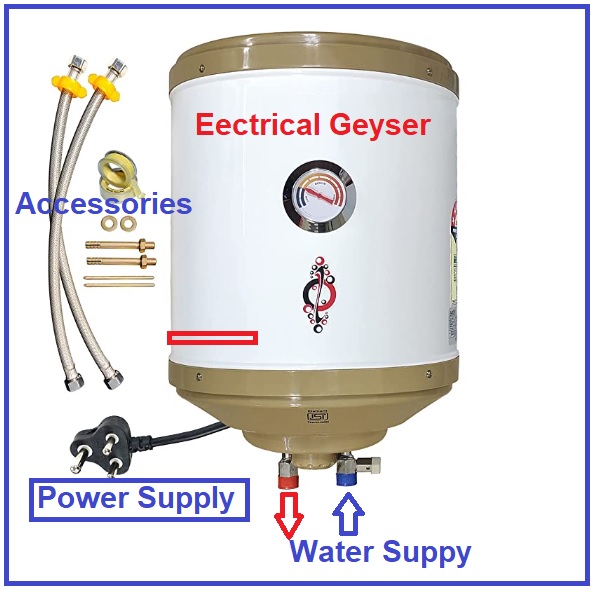Charts comparing geyser sizes can help you decide.
Exactly how to Choose the Right Geyser to Optimize Power Performance in Your Home
Selecting an energy-efficient geyser is not as simple as it seems, needing cautious evaluation of numerous elements. From comprehending the various sorts of hot springs, to evaluating their energy performance ratings and considering positioning strategy, each choice plays an important function in making best use of effectiveness. Stabilizing the preliminary investment with long-term cost savings is also crucial. Let's start this journey to find exactly how to make one of the most educated option for a hot spring that will decrease your energy expenses while ensuring optimum efficiency.

Recognizing the Different Kinds of Geyser
While there are various kinds of geysers offered on the market, comprehending the distinctions in between them is vital for energy effectiveness (geyser sizes). The first type, storage space geysers, are the most usual and store warm water in a tank for use when required. They are readily available in different capabilities and are generally energy-efficient, yet they can lose warm when not being used
The 2nd kind is the tankless geyser, which warms water on need, leading to much less energy waste however requiring a higher initial power draw. Solar geysers make use of solar power to heat up the water, making them the most energy-efficient however likewise the most expensive.
Evaluating Your Home's Hot Water Demands
Prior to diving into the acquisition of a hot spring, it is critical to assess the warm water demands of your home. This assessment needs to think about various factors consisting of the number of house participants, frequency of warm water usage, and the variety of hot water outlets in the home (geyser sizes). A little family with infrequent warm water usage could require a smaller sized, less effective geyser compared to a bigger household with multiple everyday hot water requirements
The type of devices that require warm water also play a considerable function. Dishwashing machines and cleaning machines, as an example, may call for even more warm water than an easy shower or cooking area sink. Certain activities such as bathing or cleansing also influence the regularity and quantity of hot water needed.
Reviewing Energy Effectiveness Ratings of Geyser
Having actually assessed the warm water requirements of your house, it is very important to transform your focus to the energy effectiveness rankings of hot springs. These ratings, index normally provided as Power Factor (EF), indicate a geyser's general power performance based on the amount of warm water produced per unit of fuel taken in over a regular day. The greater the EF, the more efficient the water heating unit.

Factors To Consider in Geyser Dimension and Placement
Beyond power efficiency ratings, the dimension and positioning of your geyser are crucial elements to take into consideration. The dimension of the geyser ought to line up with your family's warm water needs. A tiny geyser may make use of much less energy however might not provide enough warm water for several usages at the exact same time, whereas a larger device can meet better need however might eat more power.
Hot springs should be installed close to points of use to lessen heat loss throughout water transportation. Additionally, taking into consideration thermal insulation, a geyser situated in a warmer area sheds less warmth and as a result uses much less energy to preserve the water temperature.
Expense Analysis: Stabilizing Initial Financial Investment and Long-Term Savings
While dimension and positioning most certainly play considerable duties in a geyser's power efficiency, one have to not ignore the economic element. When taking into consideration the initial financial investment, the price of energy-efficient geysers can be more than basic versions. The boosted upfront price can be offset by long-lasting power financial savings, making it a worthwhile investment in the lengthy run (geyser sizes).
Assessing long-term cost savings Full Article needs an understanding of the geyser's power ranking. An appliance with a higher rating will take in much less power, converting to reduced energy bills over time. Government incentives and rebates for energy-efficient home appliances can likewise assist recover preliminary expenses.
Lastly, maintenance and lifespan need to be factored in. Energy-efficient hot springs usually have much longer life-spans and reduced upkeep expenses, adding to general cost savings. When balancing initial financial investment and lasting cost savings, one ought to consider not just the purchase price but also power intake, federal government rewards, and maintenance prices.

Verdict
These consist of recognizing the types of hot springs, examining your home's hot water demands, examining energy efficiency ratings, and computing expense benefits. The appropriate geyser size, positioning, and insulation can substantially decrease power expenses and environmental effect.